An article by our friend and Nor-Cal guide Jon Baiocchi 3.2.17

Streamer Tactics for Large Trout
By Jon Baiocchi
It’s a known fact that big flies catch big trout, but at the same time don’t be surprised if a smaller fish attacks your 4-inch streamer. Not many fly anglers choose the path of swinging, and stripping meat flies, but in my opinion, it’s a technique all anglers should have in their tool belt. The concept is pretty straight forward. Tempt the cannibalistic behavior that big apex predatory trout have. Winter and early spring is a great time to fish streamers when the water has some color to it and the flows are running high. Though the equipment needed is a bit specialized, it’s worth the investment.
When it comes to choosing a single handed rod you’re going to want to use a 6 or 7 weight fast action model with plenty of backbone. With streamer fishing, you’re going to be casting very large flies, and sometimes heavy sinking lines. A fighting butt is also a good choice as you can press it into your body for leverage and control while hooked up. For the length, a 10-foot rod is best and is more productive while high sticking far away pockets. There are 3 basic lines you’re going to need for streamer presentations. The first line is a weight forward floating line. This is primarily used when water levels are medium to low and clear. An option for the floater is using a RIO Versi-Tip with a 3 inches per second sink rate for higher water. The second line is a 10-foot sink tip integrated into a floating line. The sink tip should drop at a rate of around 4 inches per second. This allows your fly to be fished at deeper depths, or when the water is rougher. The last line you’ll need is like the previous mentioned above, but the tip is longer at 24 feet with a sink rate of 6 inches per second. This line allows the fly angler to probe the deeper pools and get to the bottom in extremely swift runs. A unique technique I learned while in the Patagonia region of Chile is to use a pencil popper in a minnow scheme with a short leader. During the strip the popper darts towards the bottom, and on the pause it rises quickly, you will not hang up on the bottom with this set up, that’s for sure. All of these lines should be spooled on a reel that matches the rod for a good balance and has an effective drag system, which you’re going to need if you hook into a big butter belly on the Truckee River.
7-foot tapered leaders with a stiff butt section are recommended as they turn over during the cast much more efficiently. When it comes to tippet, two standards apply. First, match the tippet to the size of the fly, the bigger the fly, the bigger the tippet. Strength of the tippet is even more important. At a minimum, 3x is to be used when targeting shy trout in pressured clear waters. For most of your streamer presentations, using 0 to 2x tippets is needed when dealing with extremely large fish. These predators are in no way spooked by the bigger tippet because the fly is usually so big that their attention is solely fixed on it only. First and foremost, they just want to crush the thing.
When it comes to fly selection, articulated models that have a trailer hook tied off the back of a single clipped hook with heavy wire are awesome. This allows the fly to have extra movement that will make it look more realistic. Some of these flies include the Zoo Cougar, Bellyache Minnow, and the Circus Peanut. All these flies were created by Kelly Galloup, a master tier and streamer guide who resides on the banks of the Madison River in Montana. Basic single hook streamers include Cone Head Wooly Buggers, Zonkers, Bunny Leaches, and Matukas. Each river is different so you’ll need to investigate which patterns work best on where you plan to fish. Also, slow down your strip during periods of cold water, and speed them up with warmer water conditions. Another good rule of thumb for streamer flies is when using a floating line, use a heavy fly, and when using a sink tip, especially a deep express model, go with a lighter weight fly or one that is not weighted at all.
The different presentations I’m going to describe are used depending on the type of water, the depth, and the flow. The “swing and strip” is much like swinging a standard soft hackle fly pattern. It’s also the traditional style of presenting flies when steelhead fishing. The angler presents a cast at slightly downstream, and mends upstream to allow the weighted fly to sink. Keeping the rod at a 30 degree angle allows for a nice transition of your fly line down to the water’s surface, there should be a slight bow in the line that will cushion the take. The angler then follows the fly with the rod tip through the swing until directly downstream of their position. At this time the angler then strips the fly upstream with a combination of different speeds and pauses. A large percentage of the grabs are at the end of the swing as the fly rises in the water column, and while retrieving the fly upstream. The presentations start with a shorter distance at about 30 feet with each consecutive cast reaching further in 5-foot increments. When a section of water is thoroughly covered, the angler then takes 10 steps downstream and repeats the above procedures. This technique has been very successful for me on the Madison River where I have hooked numerous trout in the 20 to 24” range, and two large browns that went 28”, and 33”.
Another unorthodox method, which is completely the opposite train of thought that all fly anglers have learned, is not to mend upstream, but downstream. By using the same presentation as described above with the “swing and strip”, when the line lands on the water, the angler uses short mends downstream repeatedly through the entire drift. What this achieves is giving the fly more action that pulsates with every mend, like a real crippled baitfish or other food item. After the swing is done the fly is stripped back. It sounds weird, but it can be very effective.
The “upstream strip” is copied from lure anglers using spinning rods and a technique rarely used. The angler casts upstream, lets the fly sink, and then strips the fly back to their fixed position. The presentations start with shorter casts and closer to the edge of the bank with each presentation fanning out, and increasing in length. The angler must be aware of the depth of water as this technique does not rely on the current keeping the fly suspended, and your fly will sink rather quickly. Therefore the strip has to be immediately implemented in shallow water to prevent from hanging up on the bottom and snagging up. Smaller fish take the least amount of resistance to the current when fleeing, and bolt downstream when chased by a predatory trout.
“High sticking” a streamer is executed with small sections of water like pockets or troughs within a river system. This presentation is best using shorter line, and at times is a fixed distance with the rod hand pinching off the line against the cork handle. The angler lobs the fly with a slow overhead arching cast that allows the fly to enter vertically into the water for an efficient entry that allows the streamer to plummet to the desired depth. Once that depth is achieved the angler then lifts the rod and drifts the fly drag free through the strike zone with a tight line and zero slack. Twitching and pumping the rod tip adds even more action to induce a strike. At the end of the presentation the fly can be retrieved back to the angler’s fixed position.
“Jigging and dabbing” a streamer is best presented with an undercut bank of a stream where big trout like to hide. The angler quietly walks up near the edge of the bank and simply drops the fly into the water next to the undercut. Allowing the fly to sink to the bottom, the angler then uses a fixed amount of line pinched off with their rod hand and jigs the fly up and down aggressively. This technique is about agitating a large trout that is defending its territory to induce a strike. Once the fish is hooked, the angler then charges to the edge of the bank, and controls the fish from going back into the undercut to prevent a break off on roots and other structure. For this style of streamer fishing, I like to tie a Bunny Leech on a large heavy jig hook since you’re not making overhead casts. I was taught this technique by two savvy 14 year olds on the private water of Goodrich Creek. Those kids had so much swagger and game.
Streamer fishing is far from boring. You’ll be busy casting, mending, and stripping line while waiting for that big heart-stopping grab. You’ll also stay a bit warmer in the colder months because the technique is so active. Do yourself a favor and get involved, I’m sure you’ll agree it’s time well spent when you finally hold that beast after a lengthy battle, and it becomes the fish of a lifetime.

Read more
Lost Coast Outfitters reports on 3.2.17A few surf reports are trickling in. Surf perch are out there for the taking and the swell for the next few days will not exceed 2.7ft, which means manageable...
Fly fishing for the mighty steelhead is not always pretty, and this issue’s T-Motion theater illustrates the very real deal in the search for Pacific Northwest steelies. The weather during this ear...

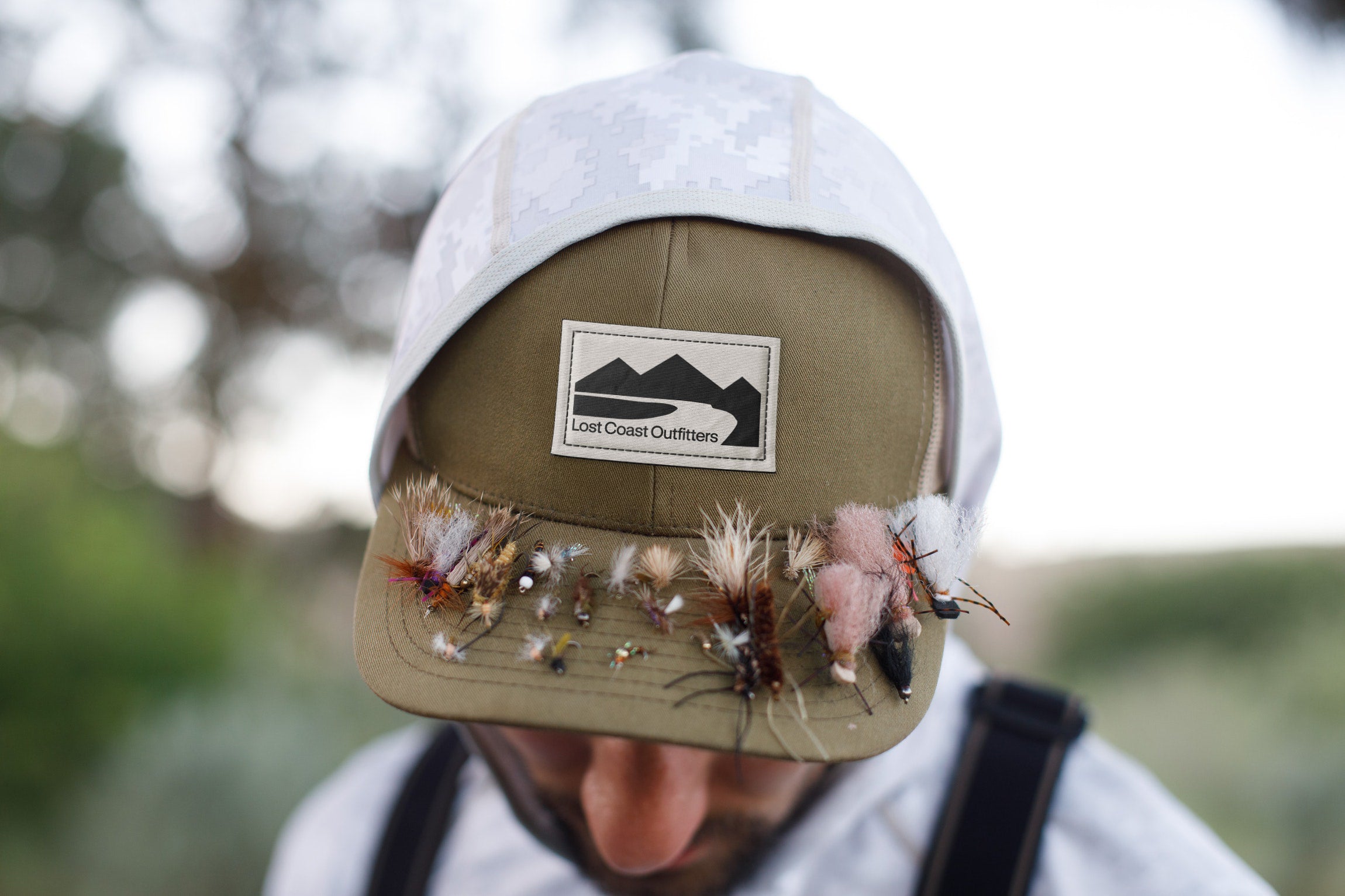
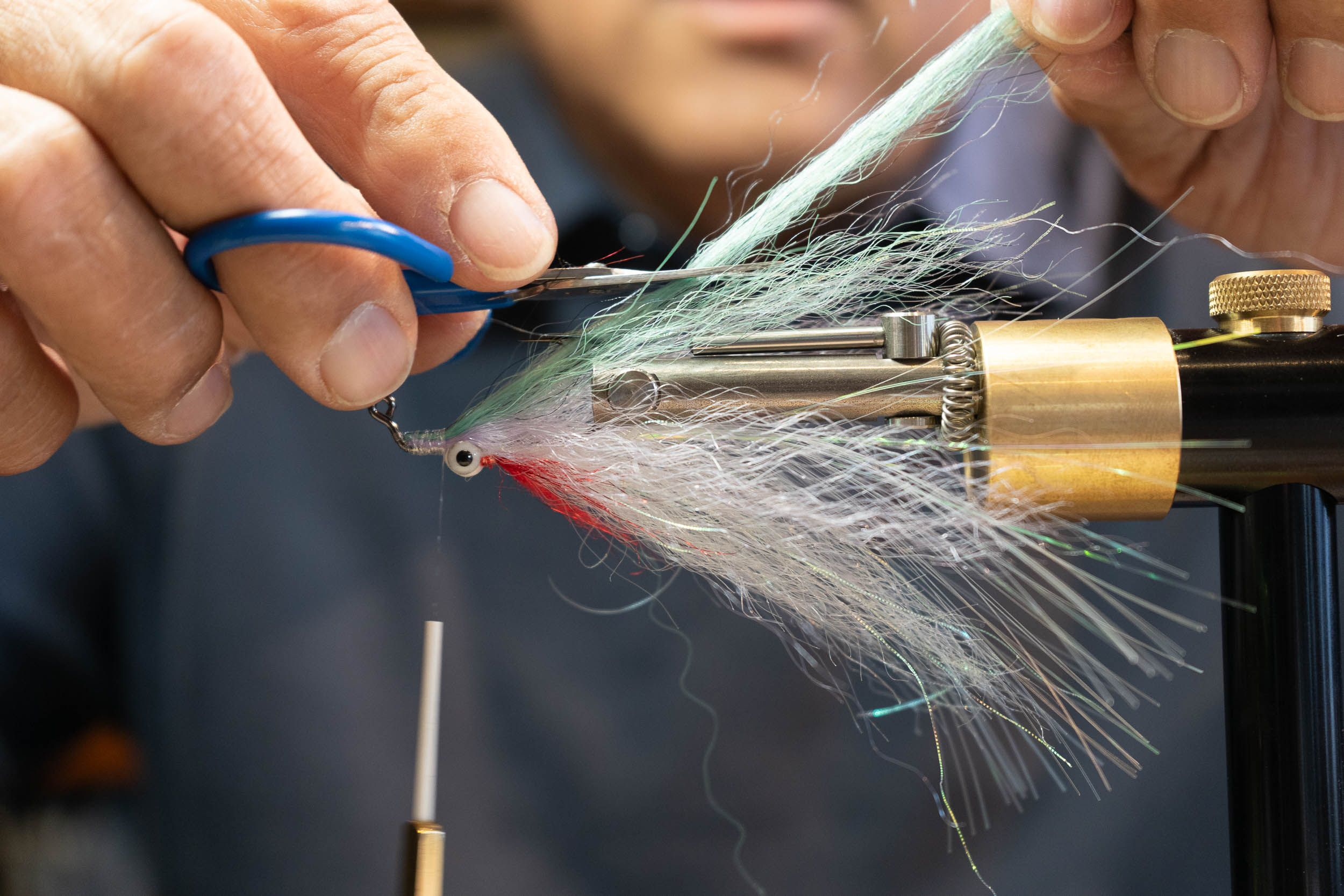
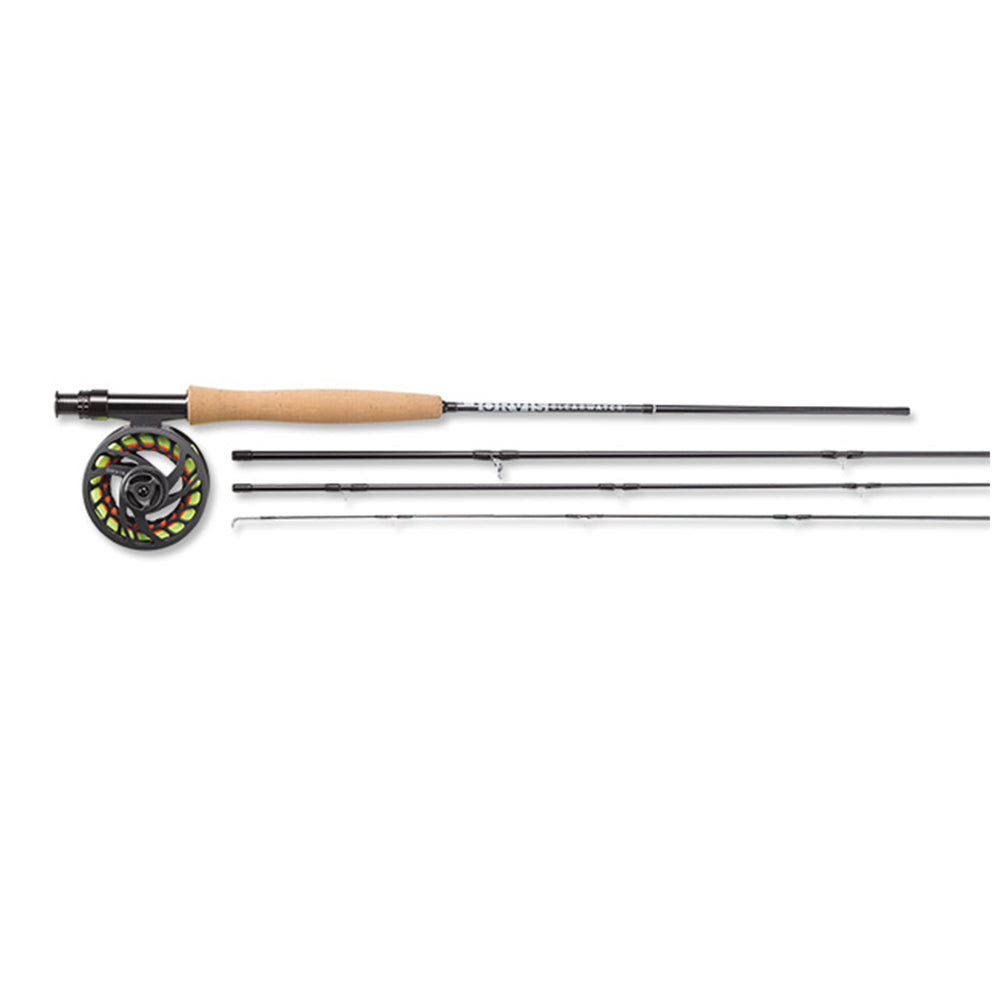
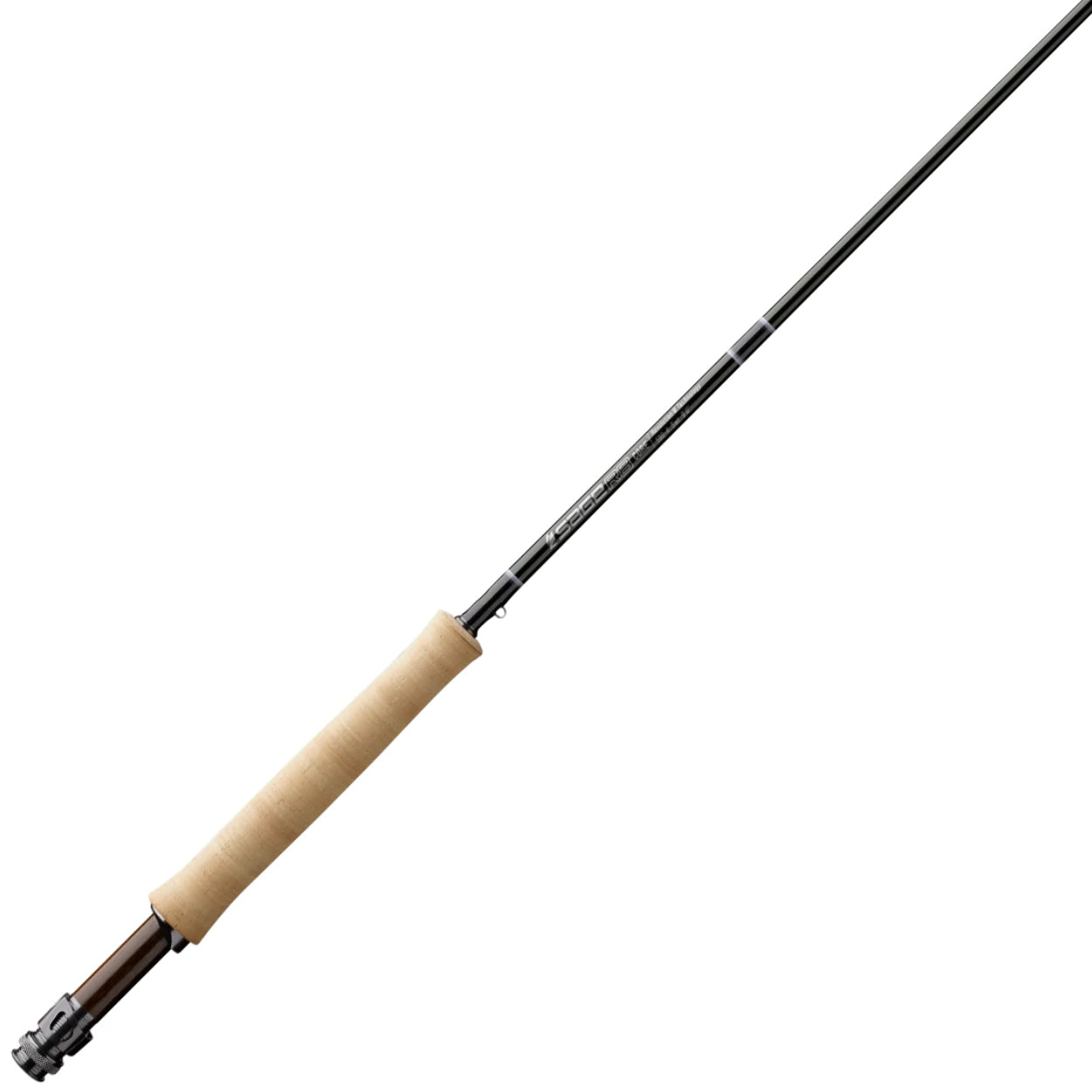
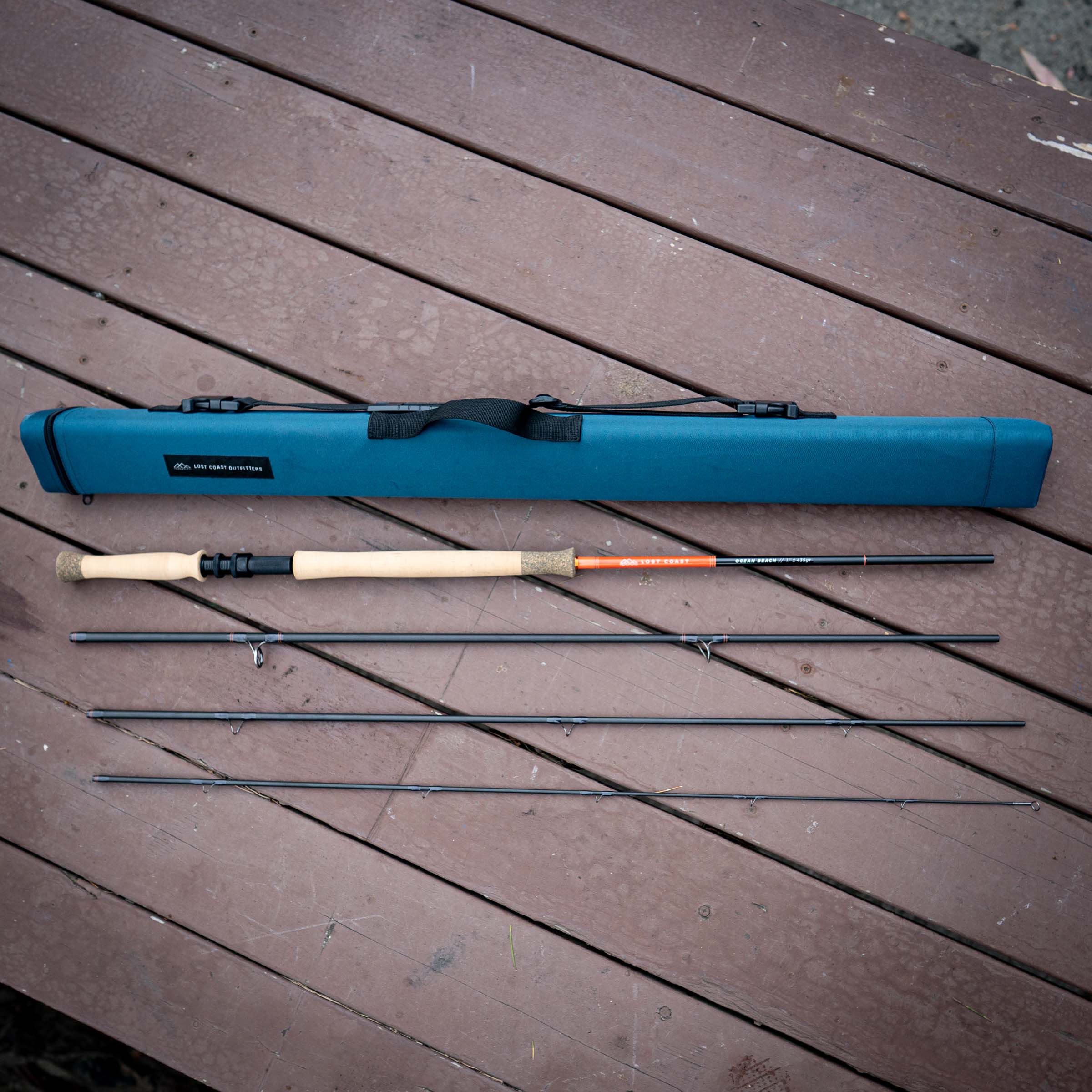

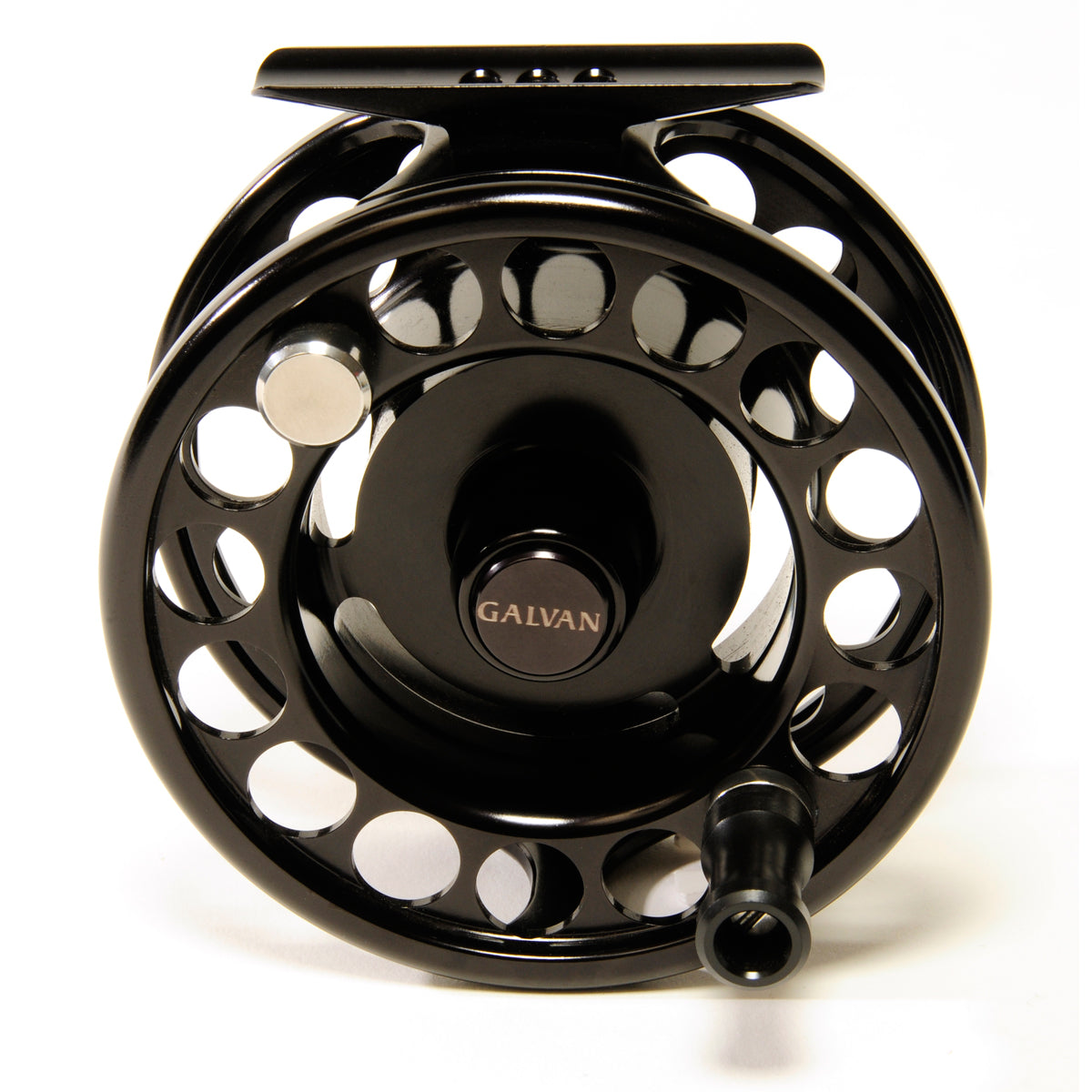
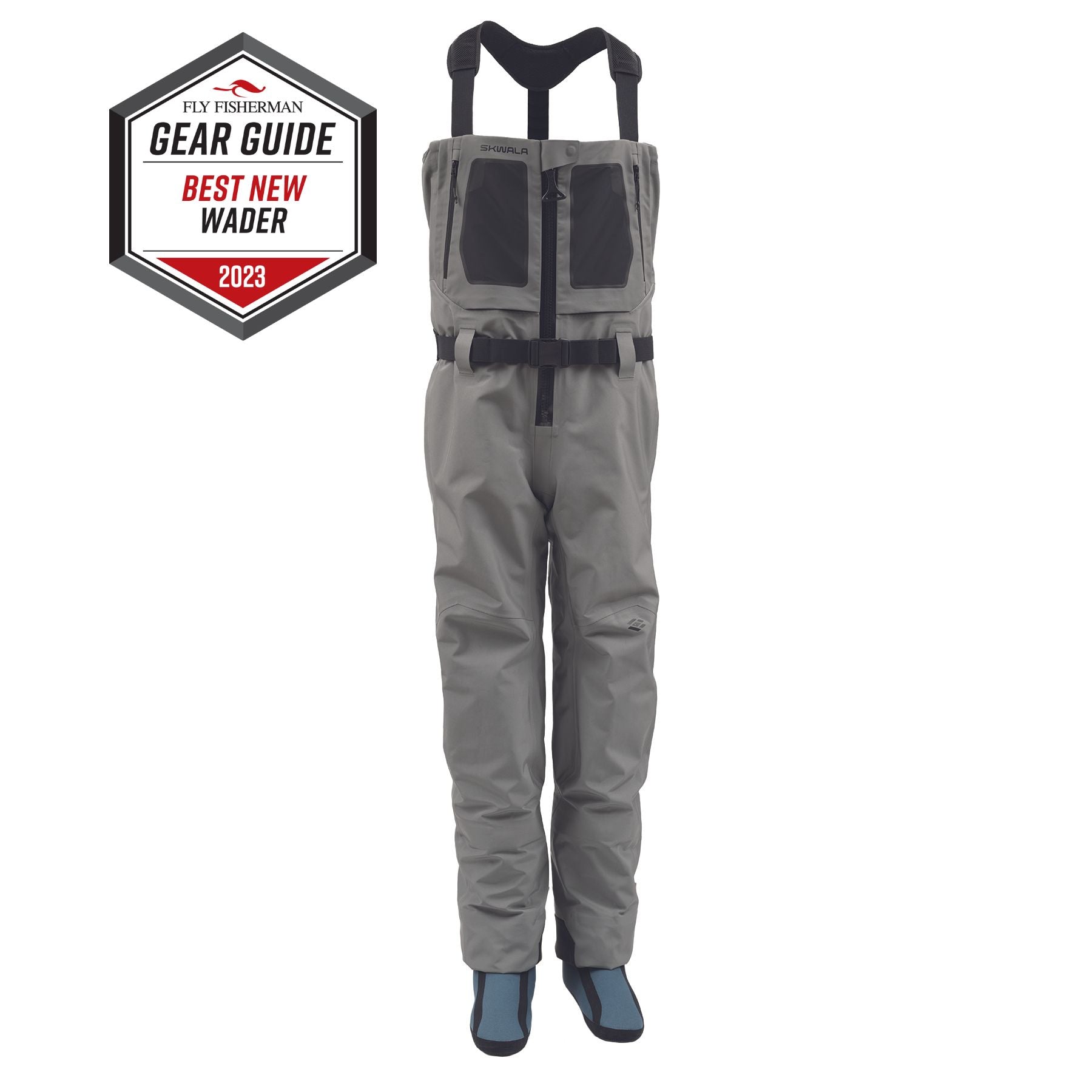
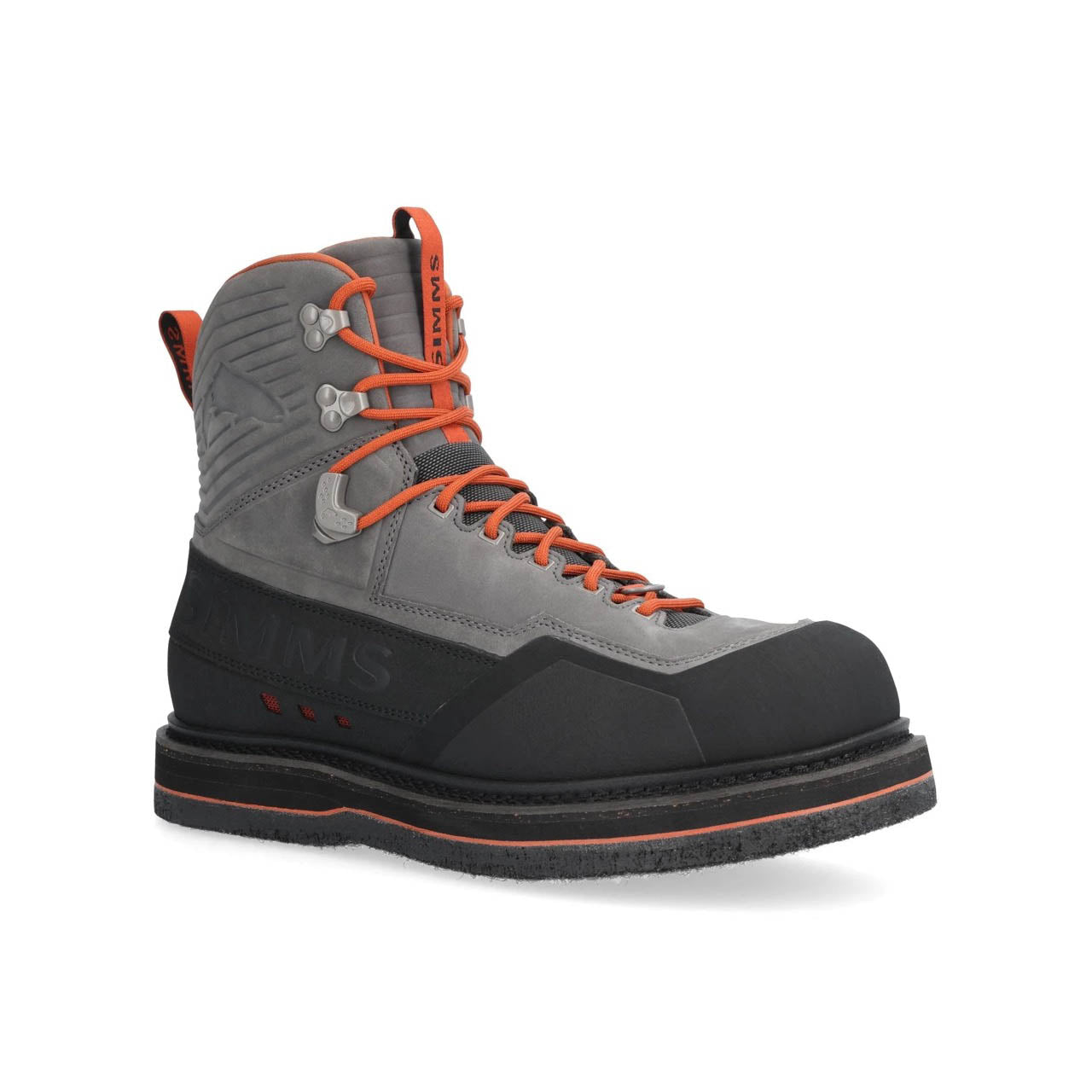
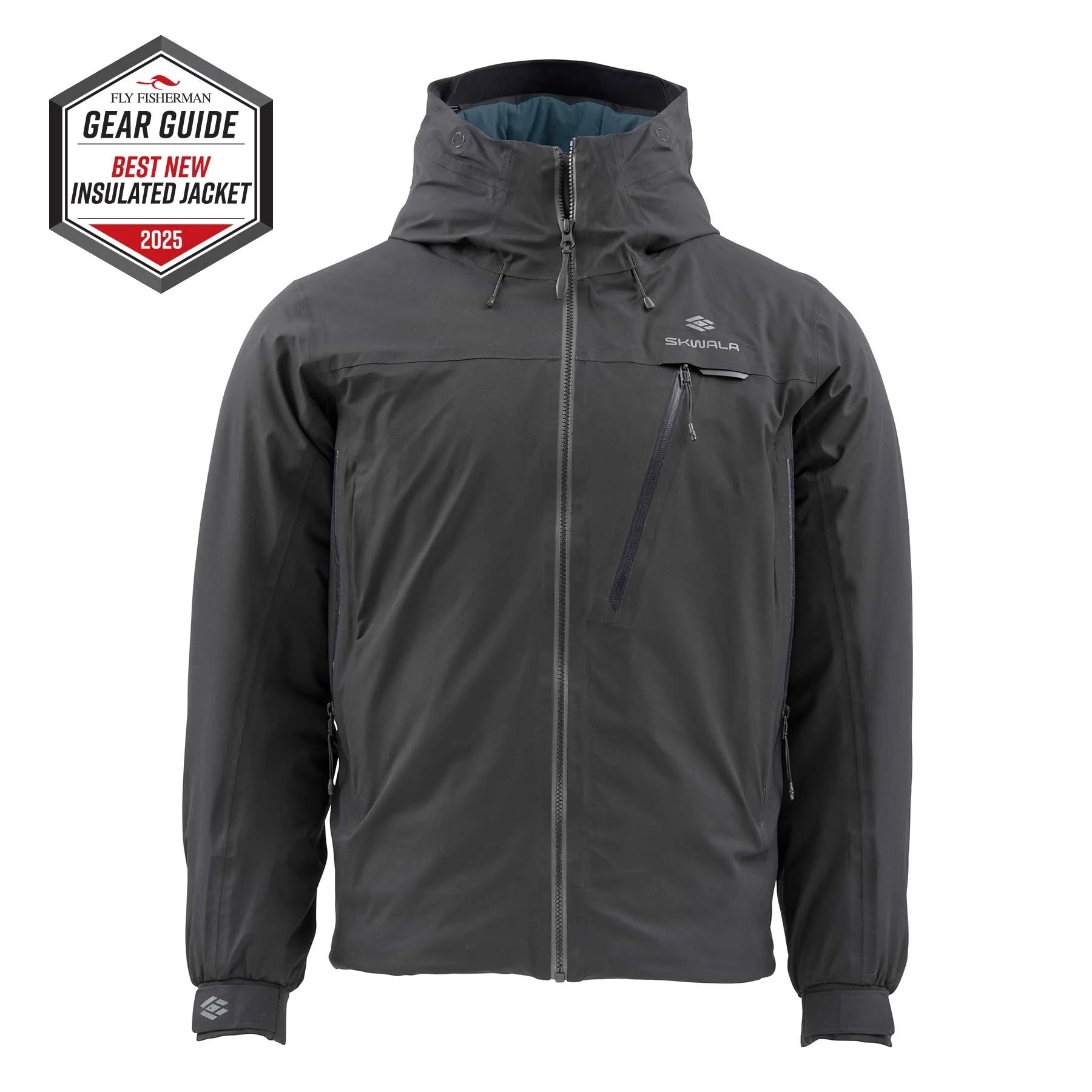


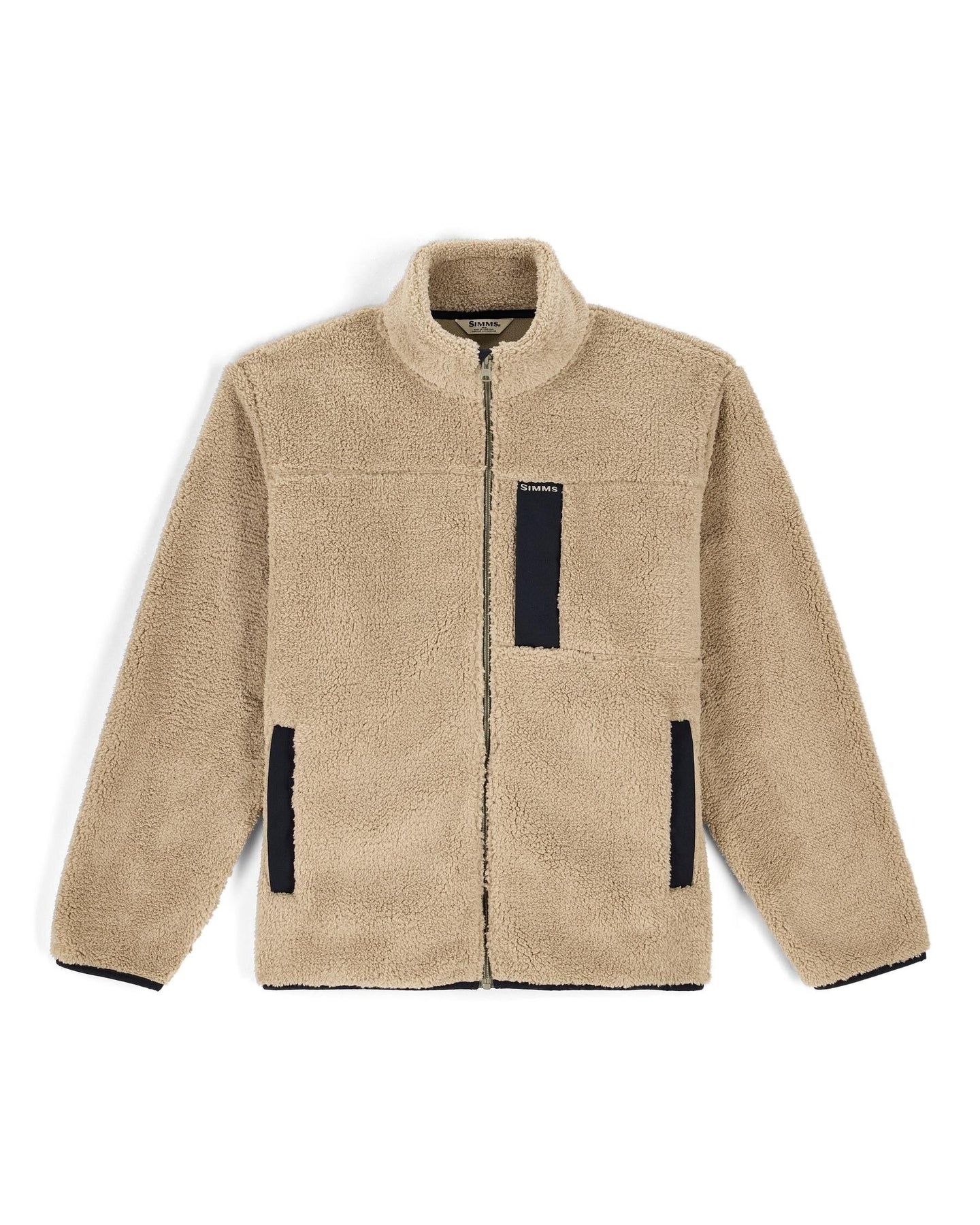
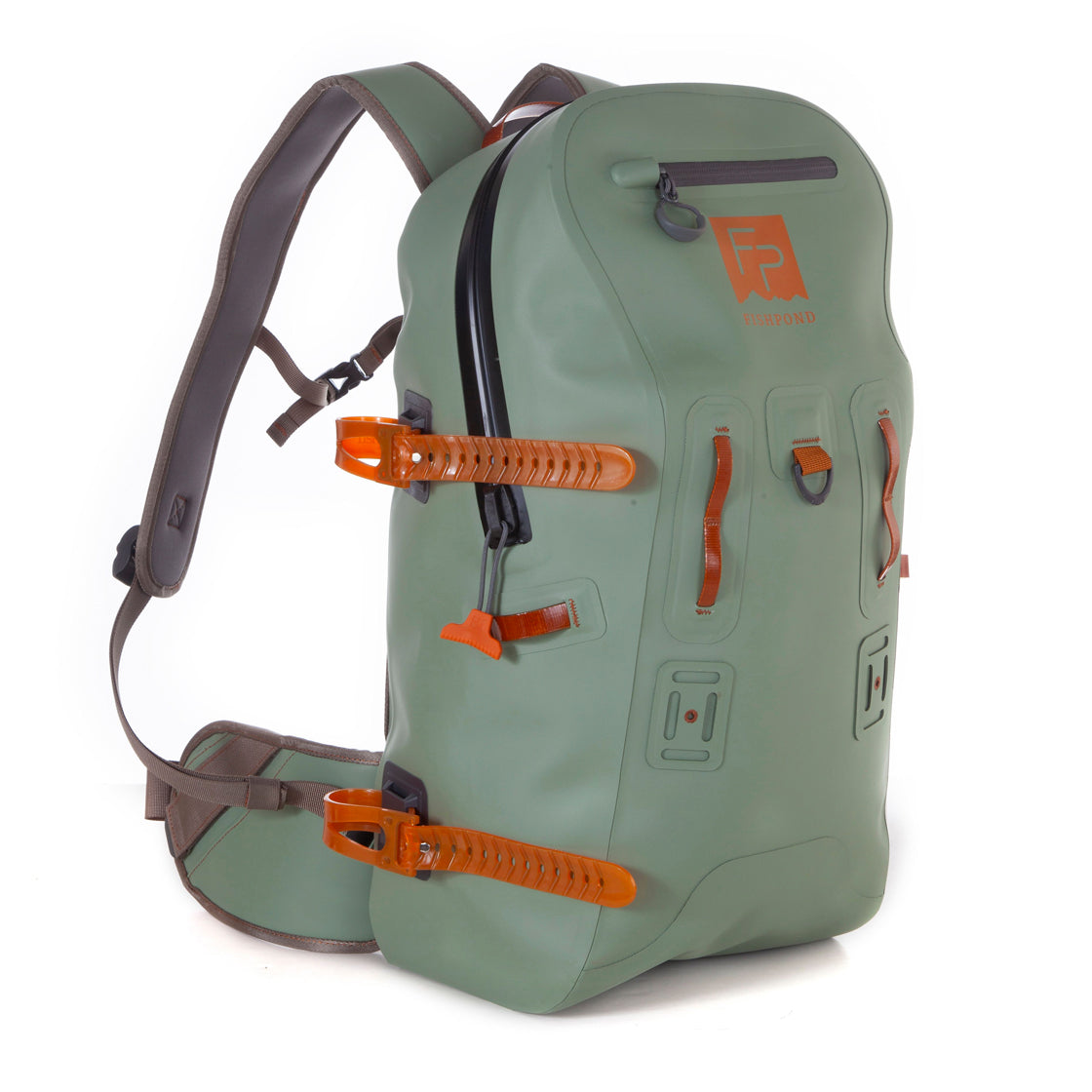
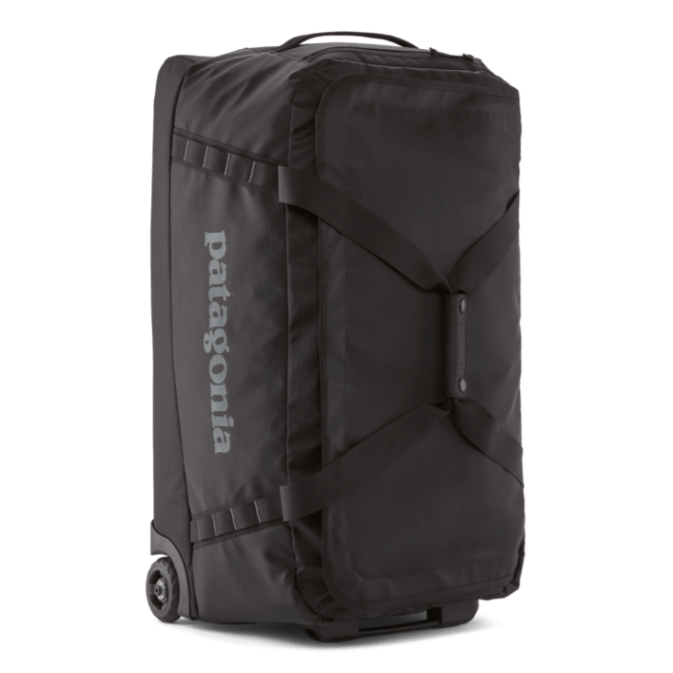
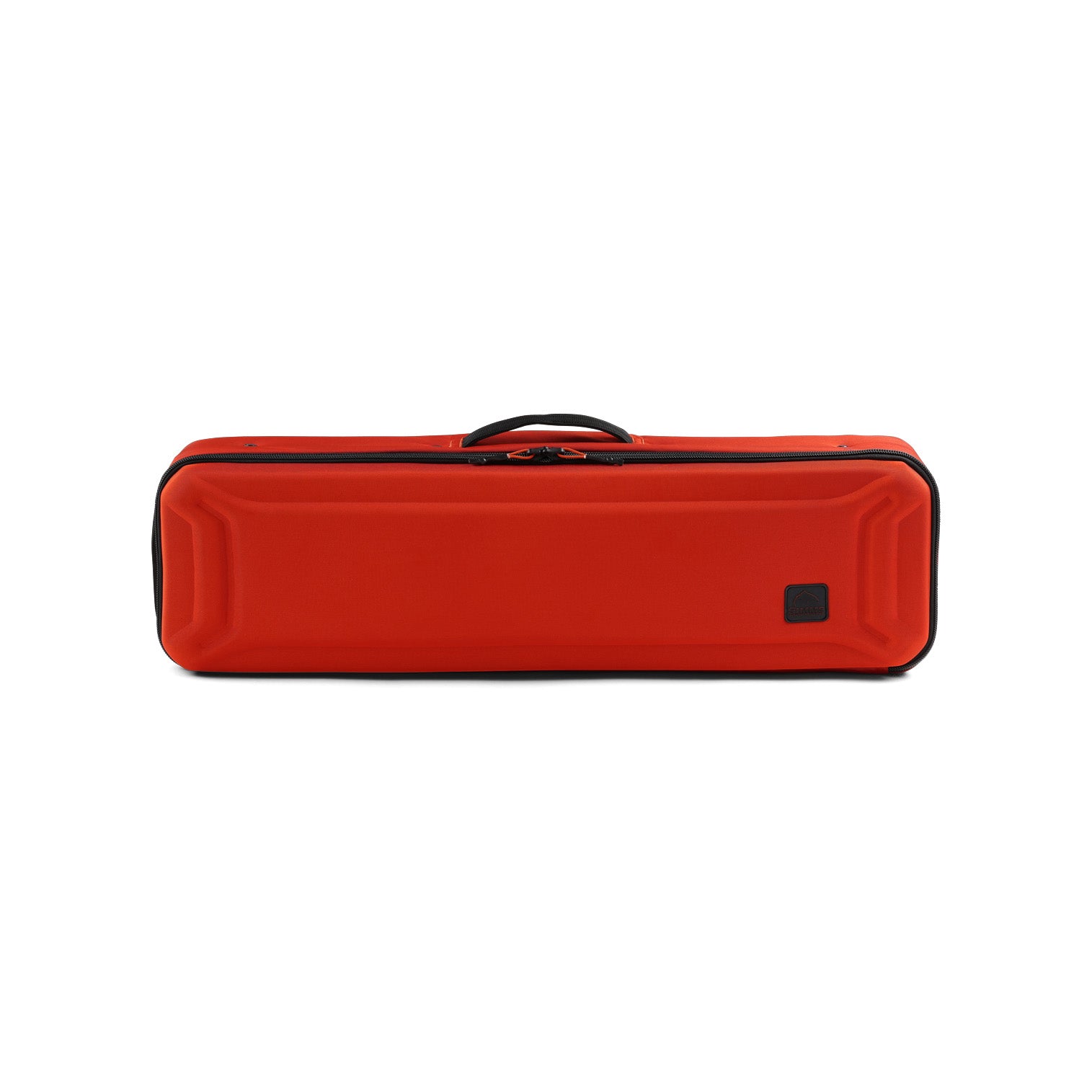
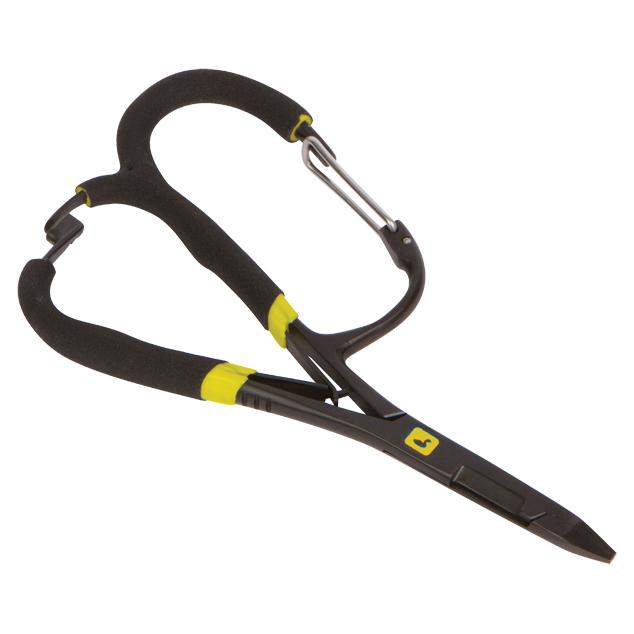
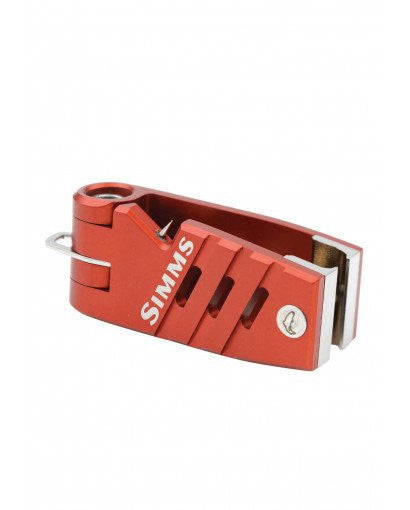
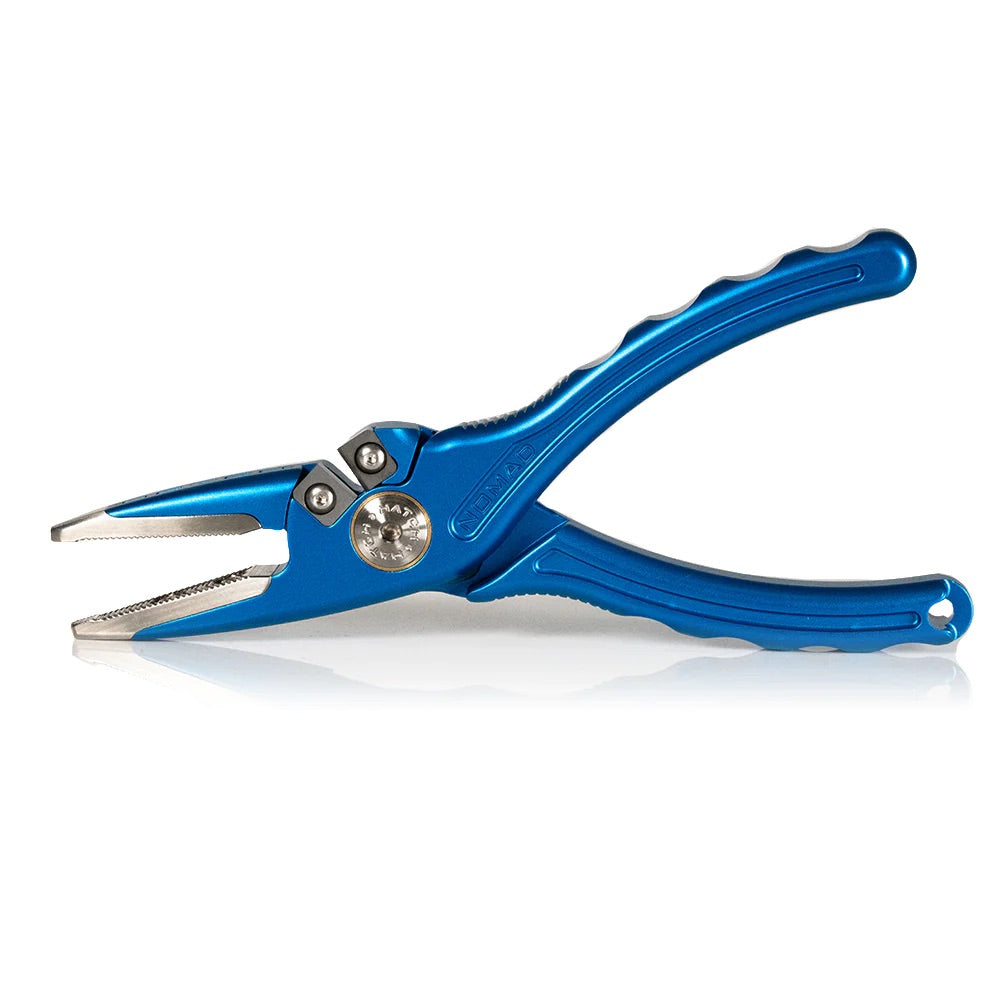
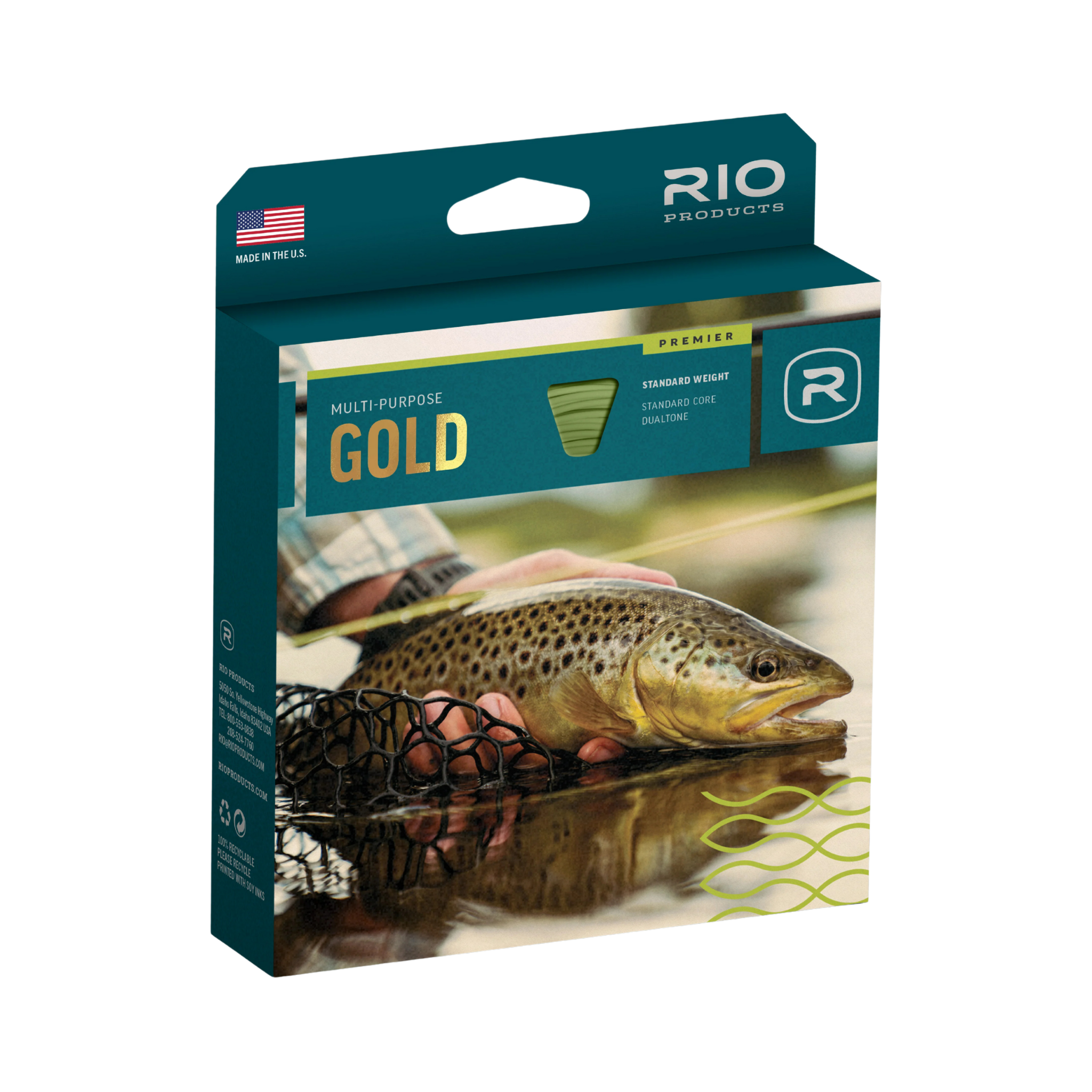
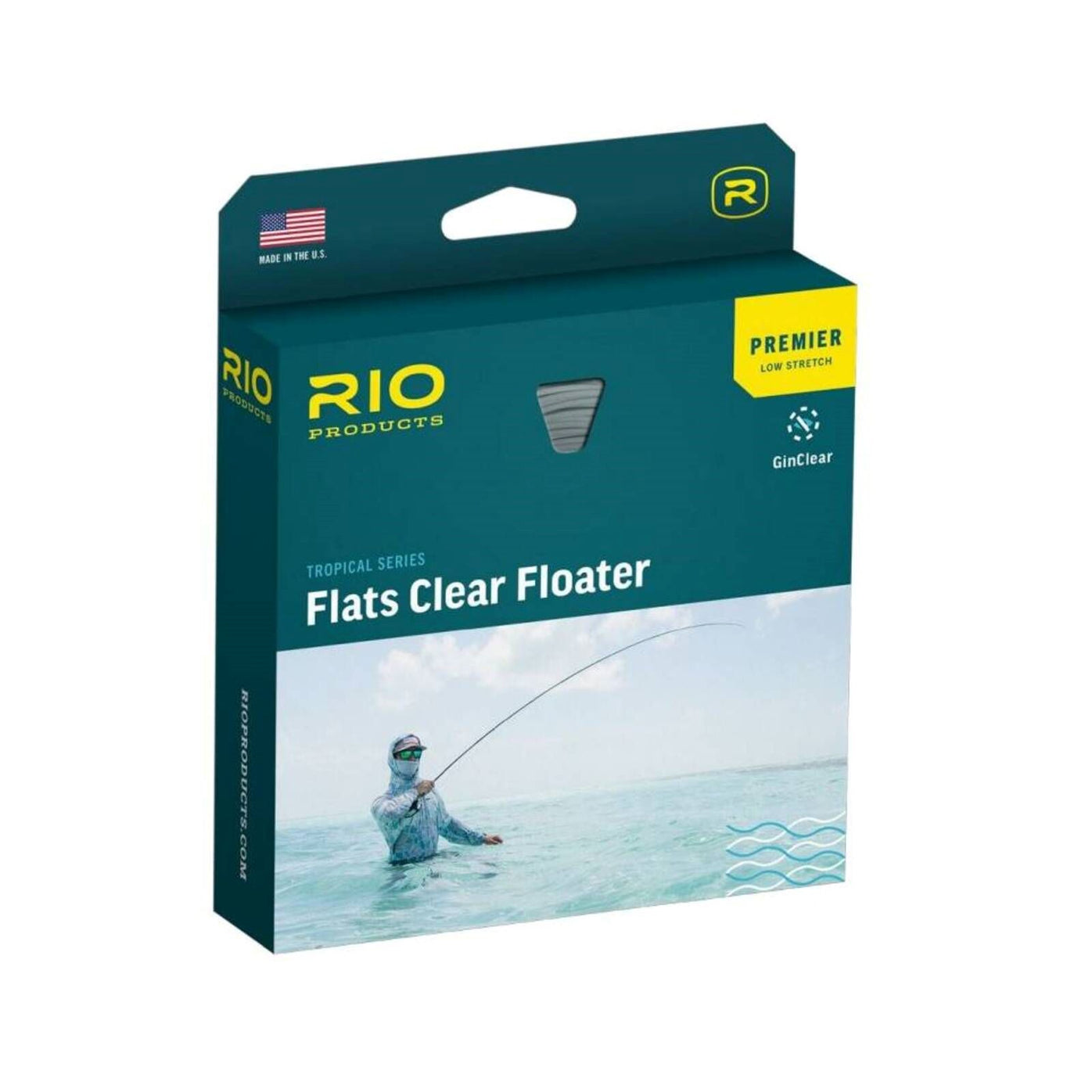
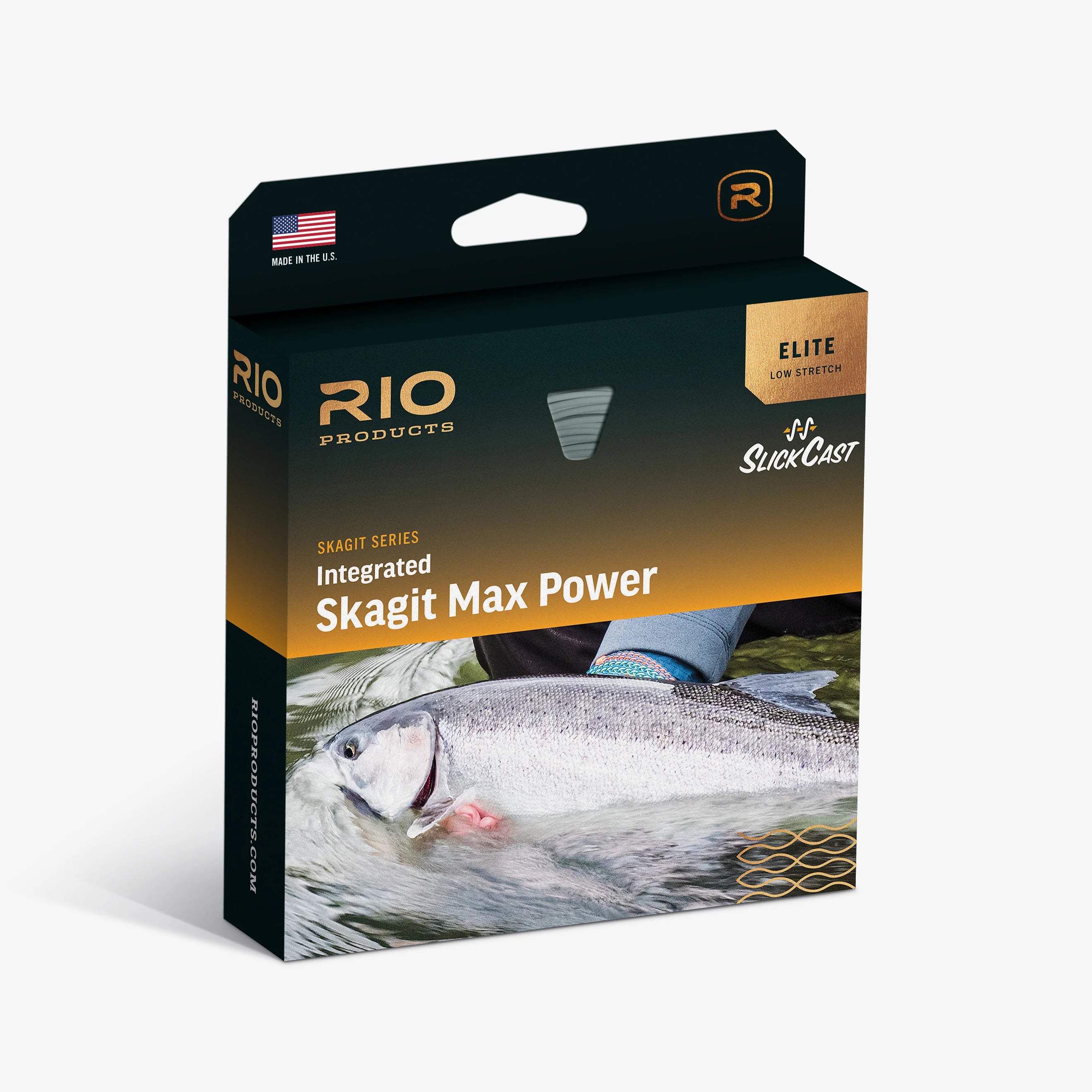
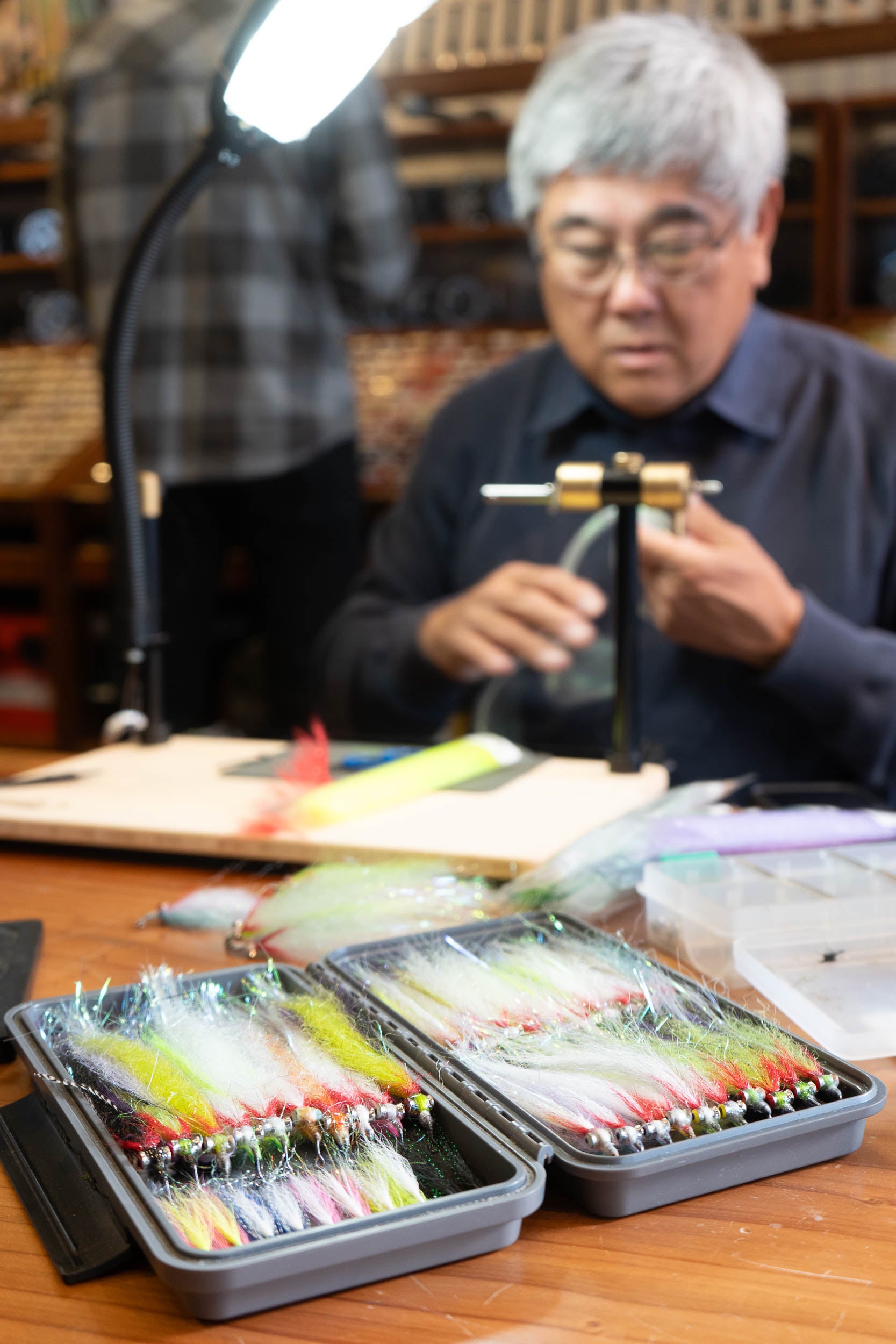
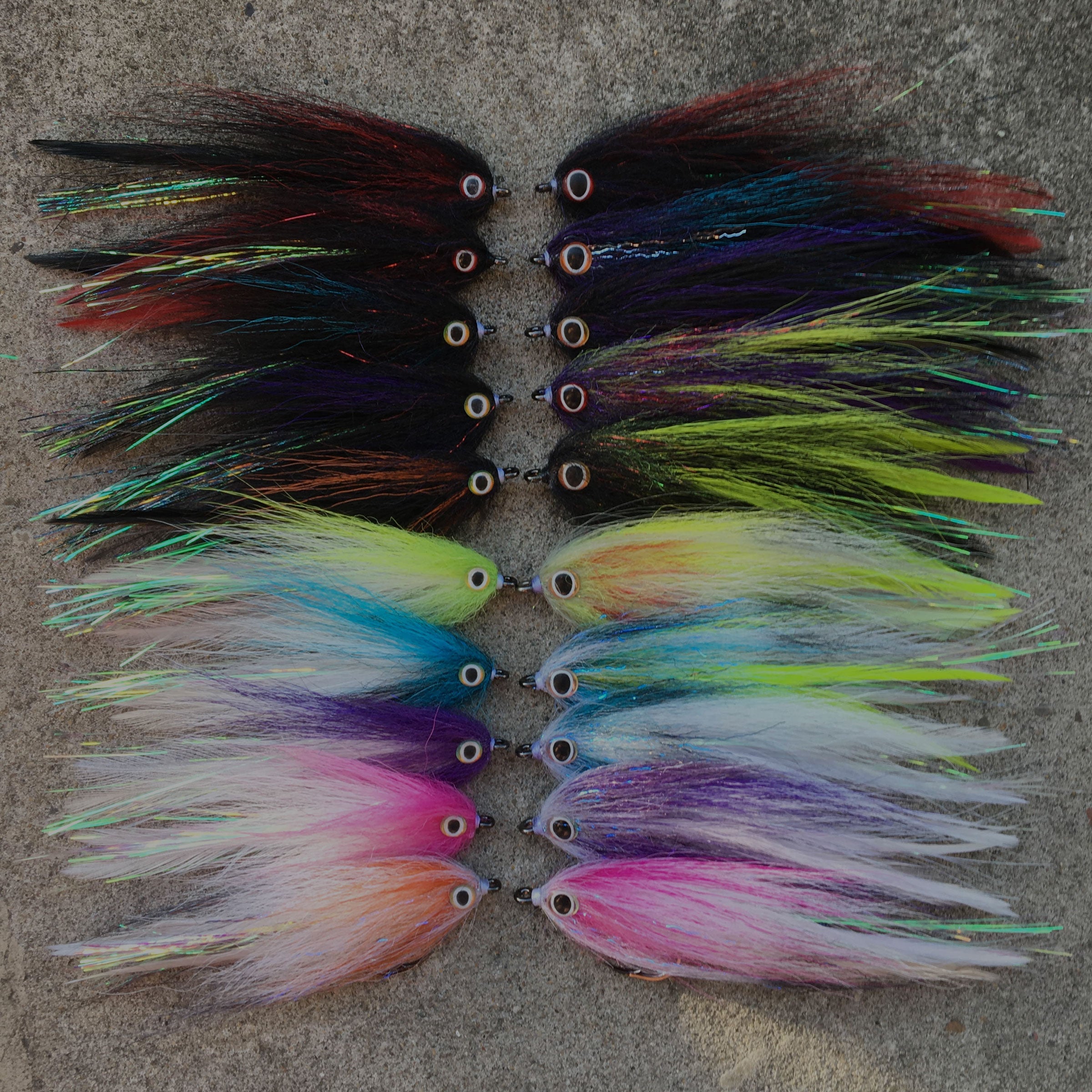
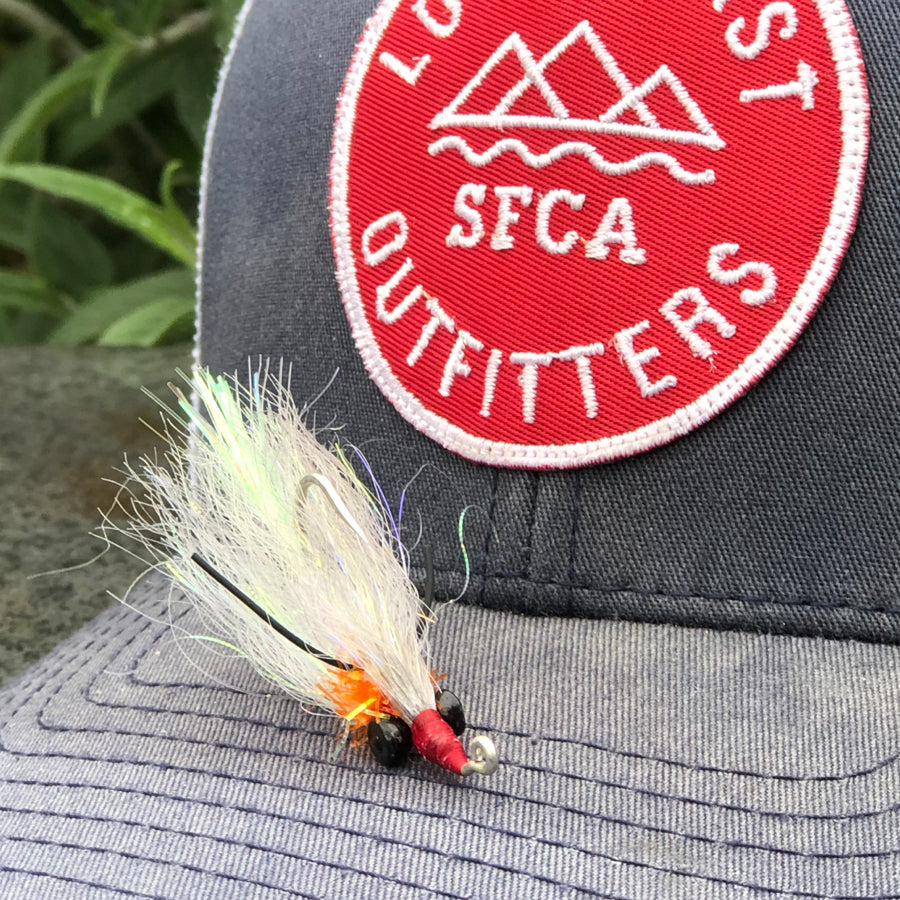
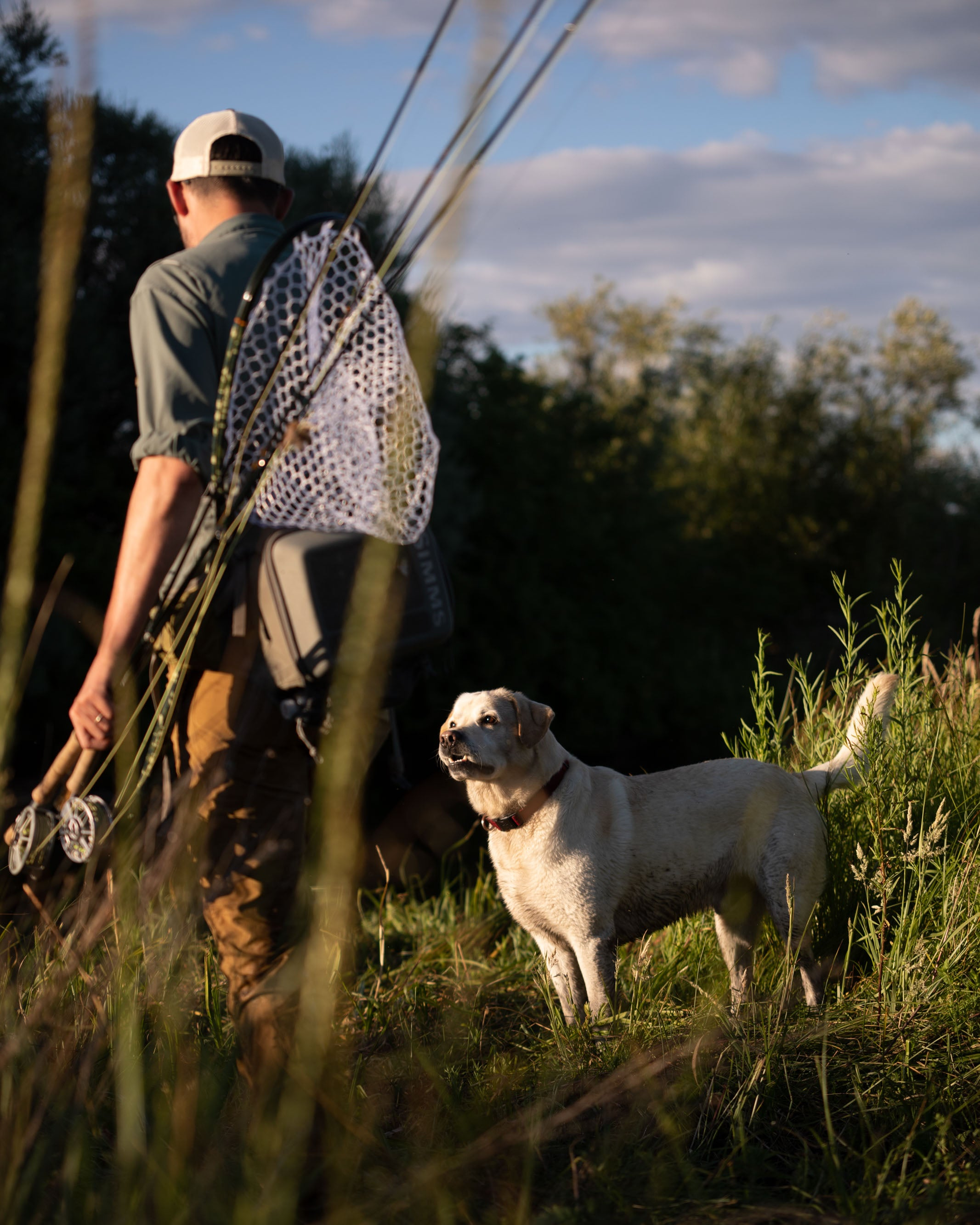

Leave a comment
All comments are moderated before being published.
This site is protected by hCaptcha and the hCaptcha Privacy Policy and Terms of Service apply.